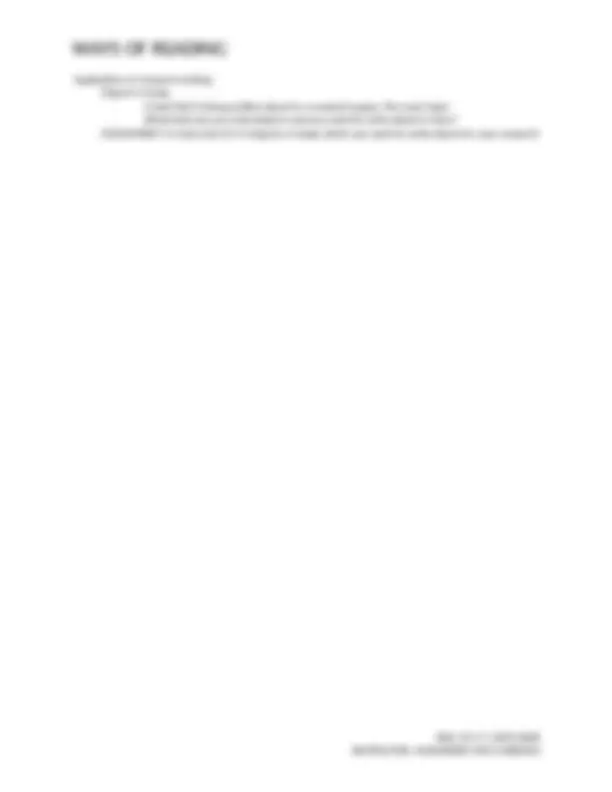



Study with the several resources on Docsity

Earn points by helping other students or get them with a premium plan


Prepare for your exams
Study with the several resources on Docsity

Earn points to download
Earn points by helping other students or get them with a premium plan
Community
Ask the community for help and clear up your study doubts
Discover the best universities in your country according to Docsity users
Free resources
Download our free guides on studying techniques, anxiety management strategies, and thesis advice from Docsity tutors
The concept of reading as a means of constructing meaning and identity. It discusses the idea that texts are not fixed in meaning but are constantly reformed through the reader's interpretation. The document also touches on the role of context in shaping our understanding of texts and the construction of identity. It includes a discussion on the postmodern subject and the ways in which identity is constructed in relation to societal narratives and representations.
Typology: Assignments
1 / 3

This page cannot be seen from the preview
Don't miss anything!

